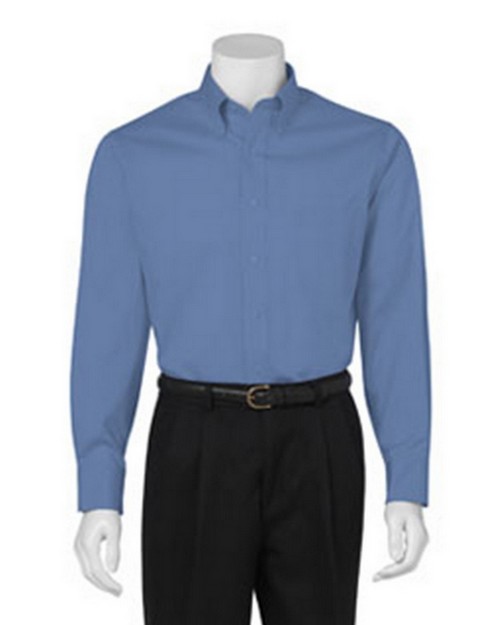

It drapes well, so it’s the perfect ‘get-things-done’ work shirt, but with a smart finish. Overall, twill is soft and thick, crease-resistant and iron-proof. This creates interesting ‘patterns’ in the shirt such as herringbone, houndstooth or diagonal rib print (we’ll elaborate later on). Twill fabrics weave twin horizontal threads under and over vertical threads to create a diagonal pattern. Twill is a durable cotton fabric that has a softer feel than poplin and is slightly more sheeny. But beware, their thin weave means white varieties can be a touch transparent. And they’re great for a little texture too.įor work, a poplin shirt is ideal as an undershirt with a smart two-piece suit, no sweat. It makes for a great summer work shirt as it has very little sheen, which makes it nice and professional. Poplin, despite its strength, is thin, lightweight and cool, marked by a smooth finish. Poplin (aka broadcloth) is a cotton weave made by closely-woven threads that form a criss-cross pattern. Twill does, however, in our opinion, look much better than poplin. Poplin is slightly thinner than twill, making it a perfect shirt fabric for warmer months, while twill is thicker, so you may sweat more. The main difference between poplin and twill fabrics lies in their thickness. There’s nothing worse than wearing a weave designed to keep you warm…on a scorcher day. Now that you know what a shirt weave is, it’s time to take a look at the types of weave and how each one differs depending on the wearer’s requirements. But remember, like most craftsmanship, the mill or manufacturer and quality of ingredients (namely, cotton) have a big impact on just how luxurious the fabric, and therefore, the shirt is.īelow is your gentlemen’s guide to dress shirt weaves, as well as how and when to wear them. Thread count and the ply are good indicators of shirt quality. 140’s thread counts are typically two 70’s yarns twisted together. This fabric will be more durable than a 60’s single ply, but it won’t always be smoother. For example, 120’s thread count means that two 60’s yarns are twisted together. Though there are some exceptions where very fine single ply yarns are used, the higher number thread counts will be comprised of two yarns twisted together. The number refers to the yarn size, but generally a thread count above 100 will imply a 2-ply fabric. Like suits, the thread count is referenced with a number such as 50s, 80s, 100s, 120s, 140s, 170s and so on, up to 330s.

Thread CountĪ higher thread count generally means a smoother, silkier, more expensive fabric. The weave not only affects the way a shirt looks and feels, but also how warm the fabric will be, the way it drapes, how easy it is to iron, and sometimes, where and when it should be worn. New, defective, and unaltered merchandise will be accepted for a refund or exchange up to 30 Days after Receipt of Merchandise.įor more information regarding Shipping and Returns, please visit our FAQ page here.The weave is the way in which the threads of cotton (called warp and weft) are actually put together to make a fabric. Standard ground service applies to the contiguous 48 states. Packages ship from Georgia, unless otherwise stated. General delivery is basic ground service and can be expected to take 2-6 business days, depending on the state it is going to. Orders are shipped within one business day from when the order is placed via UPS. Measure from top of waistband to the bottom hem of the slacks along the outside seam. Outseam: Lay a pair of good fitting slacks flat across a hard surface. Waist: Measure over your shirt at the point your slacks are normally worn. Sleeve: With your elbow bent, measure from the middle of your back, directly below the neck, across the shoulders and elbow to the wrist. Tape should be up under arms and straight across the shoulder blades. Neck: For collar size, measure around your neck, keeping two fingers between the measuring tape and your neck.Ĭhest: (Use for suit or jacket size) Measure over a shirt.


 0 kommentar(er)
0 kommentar(er)
